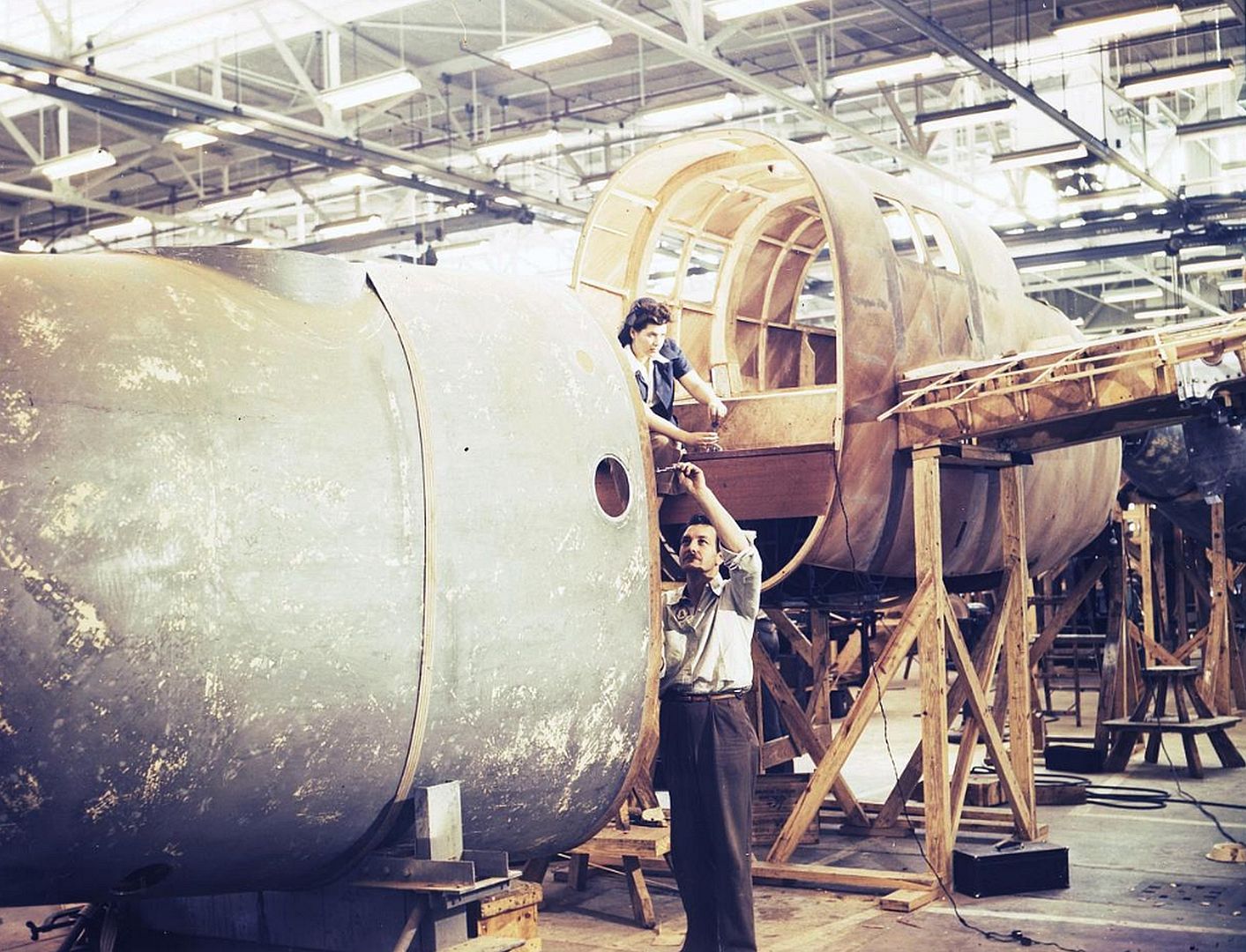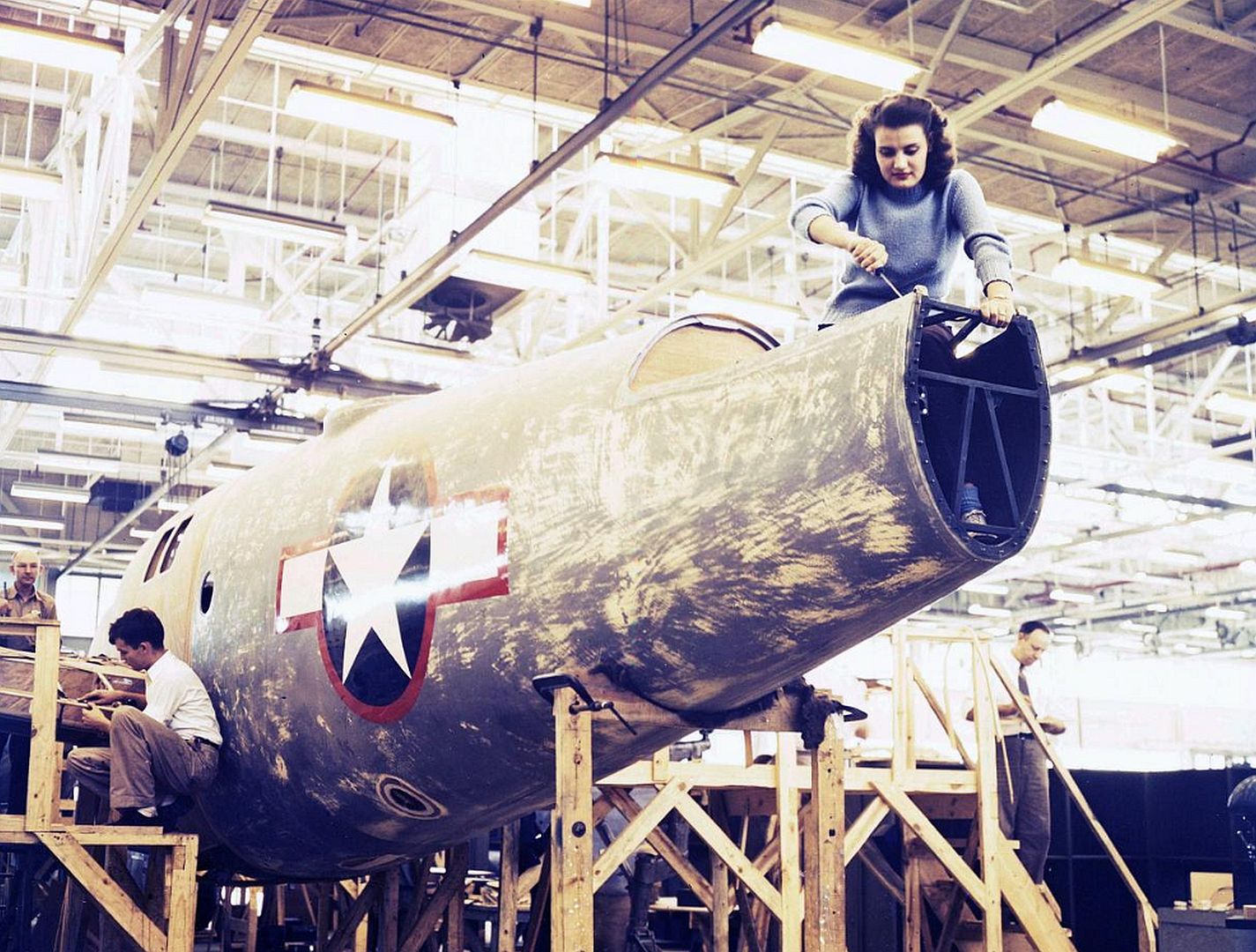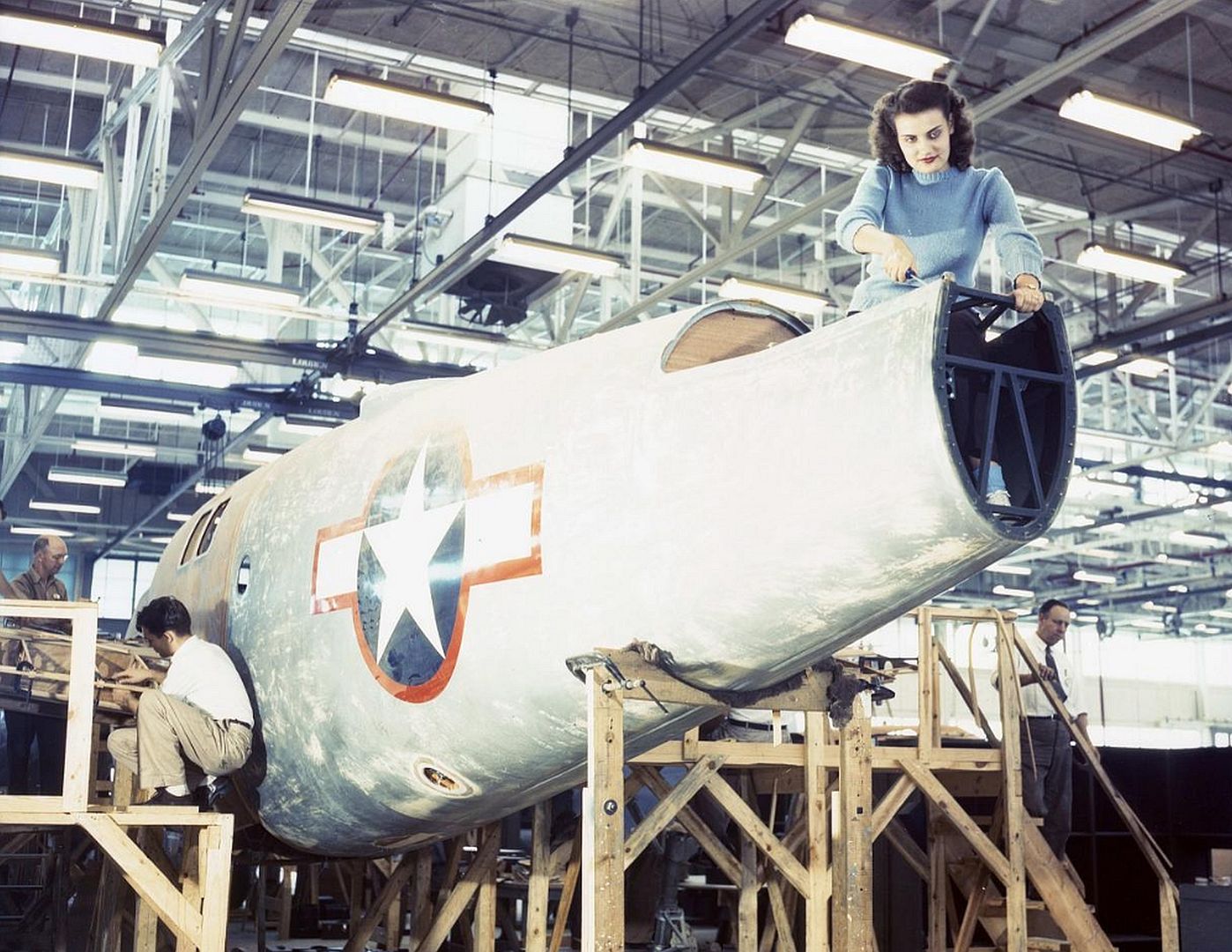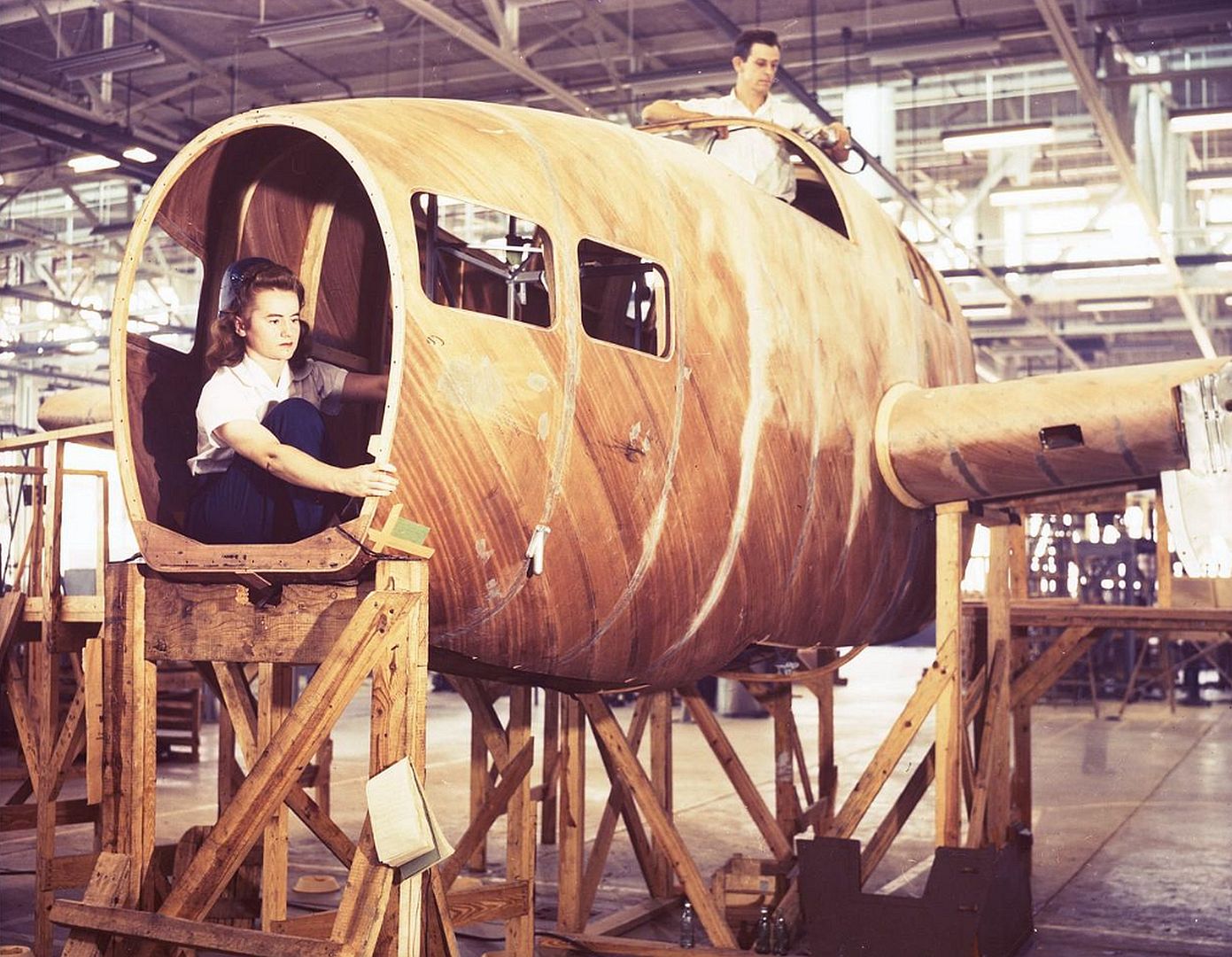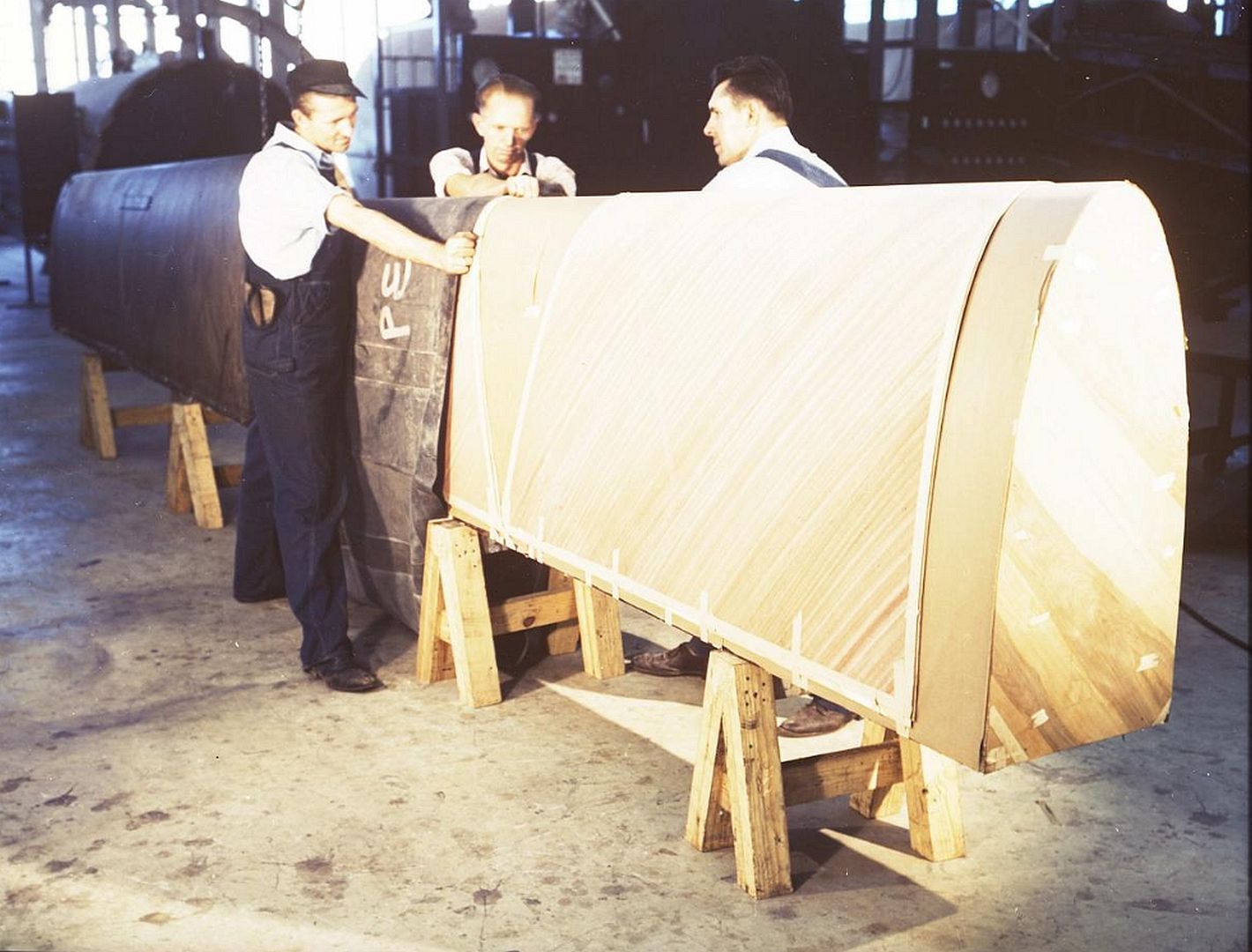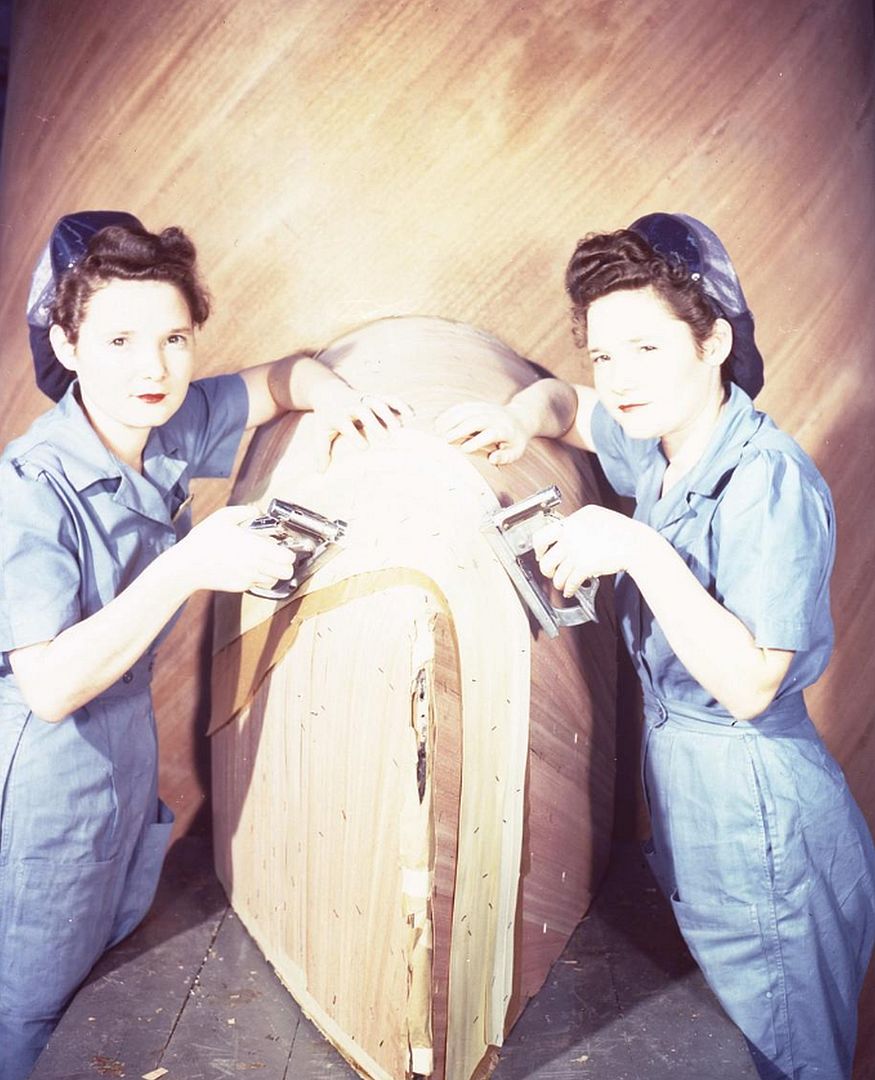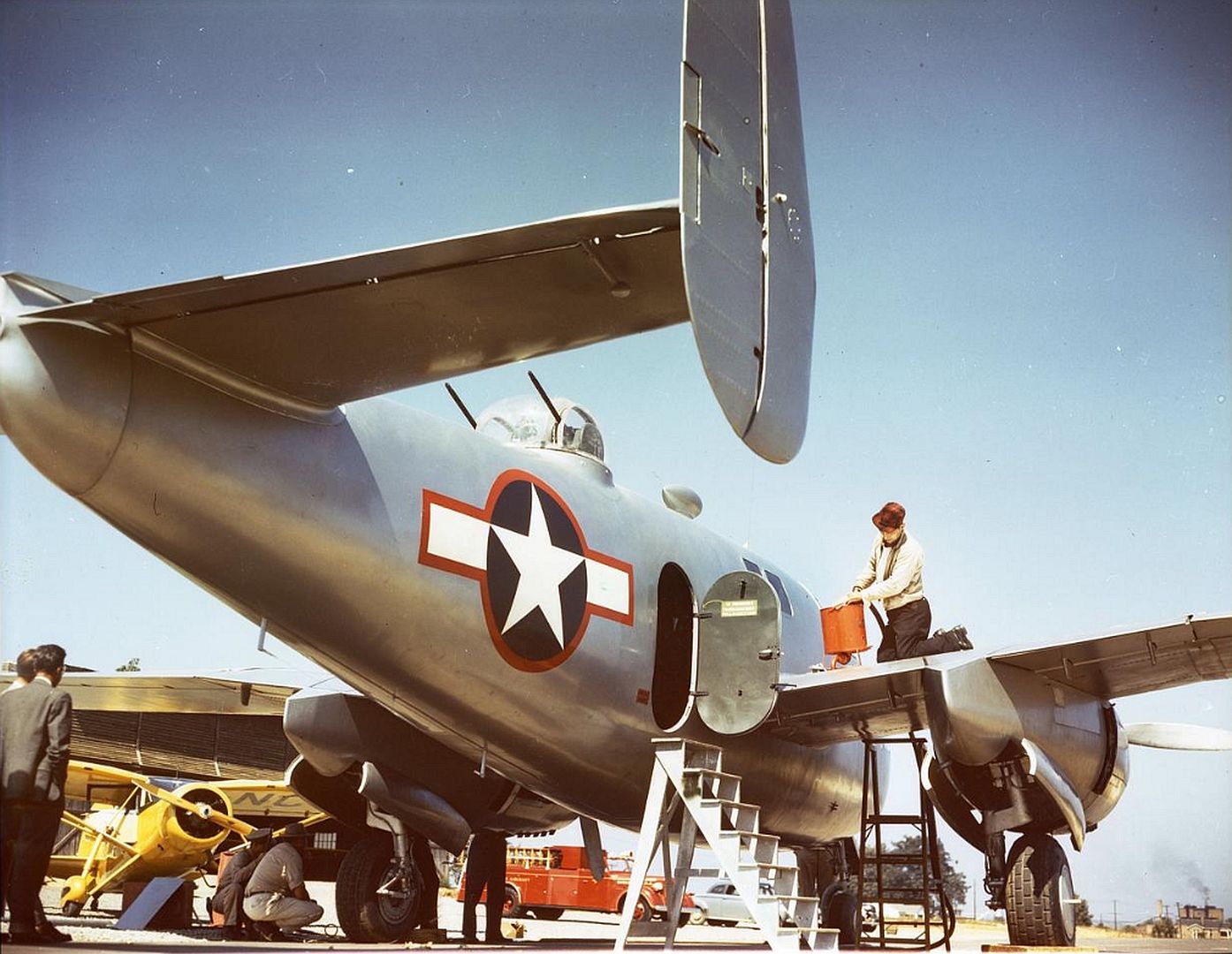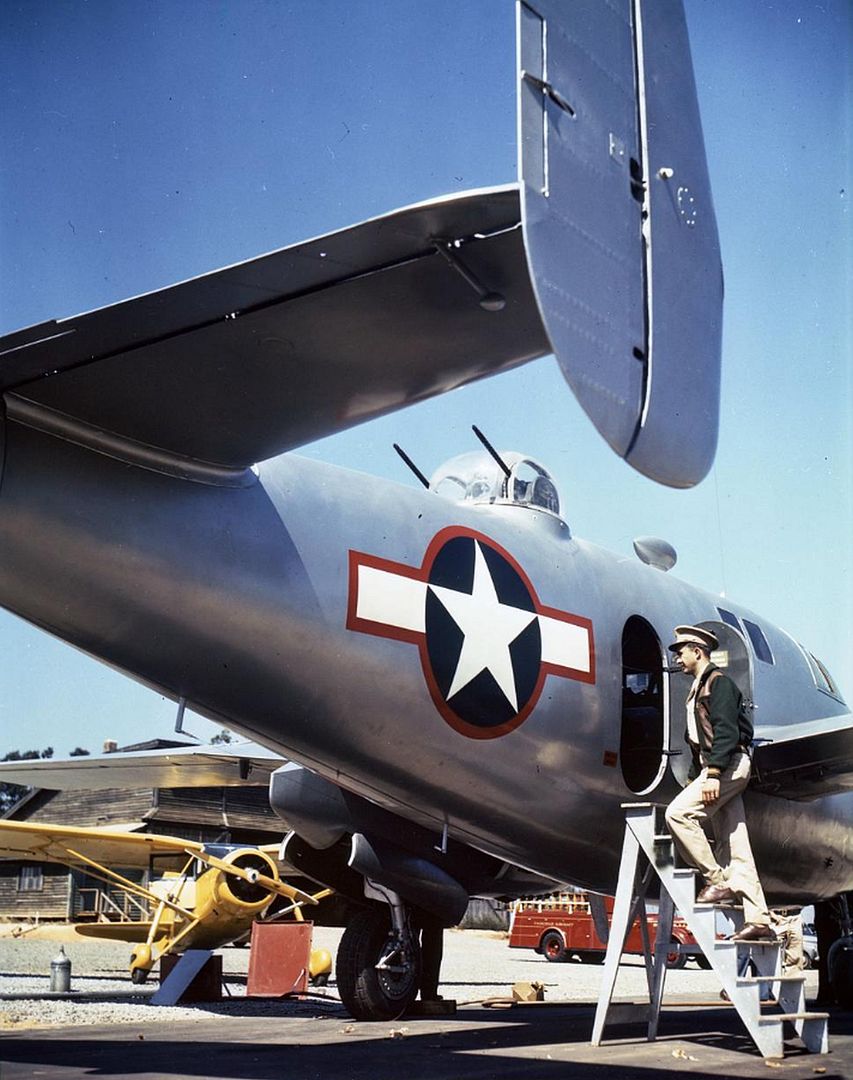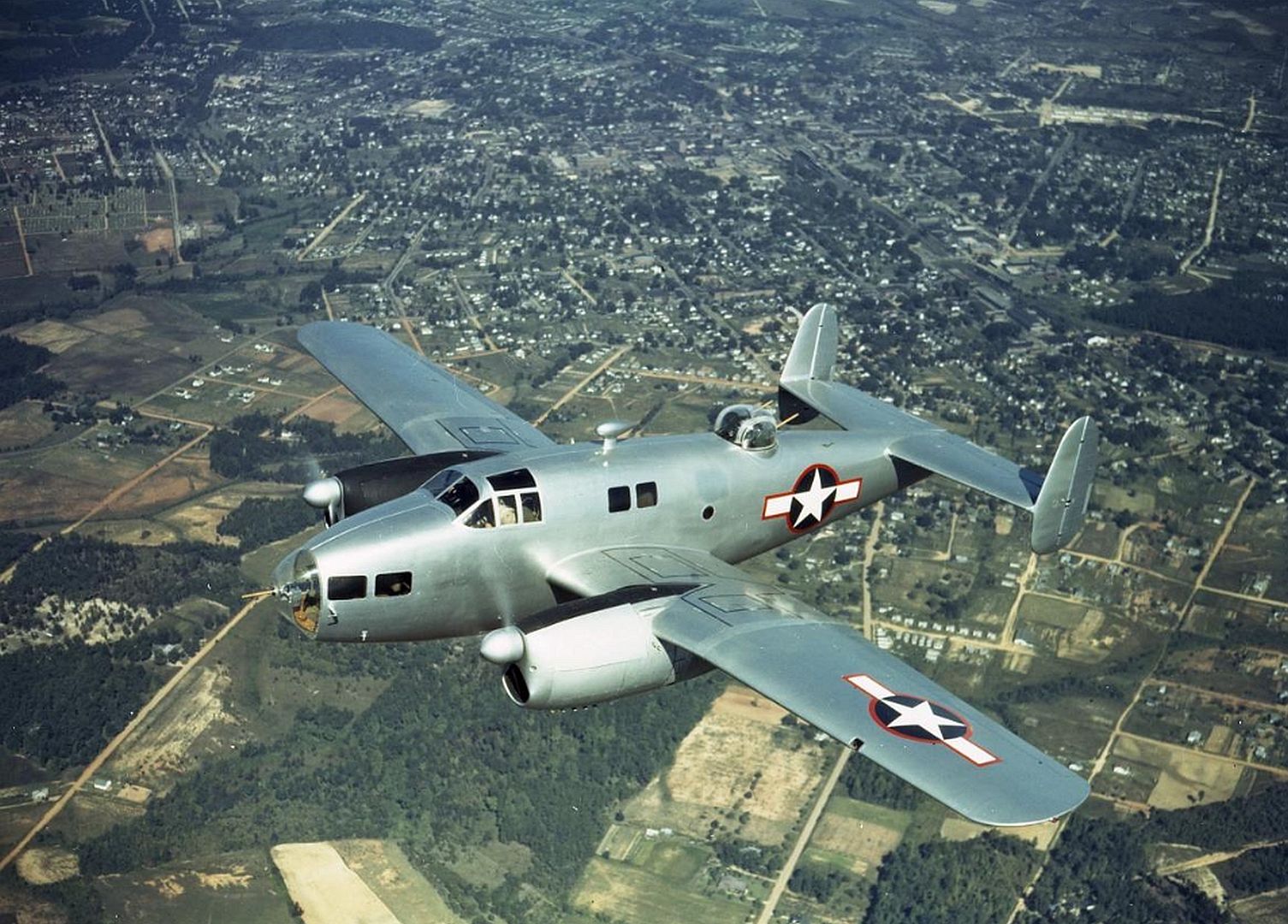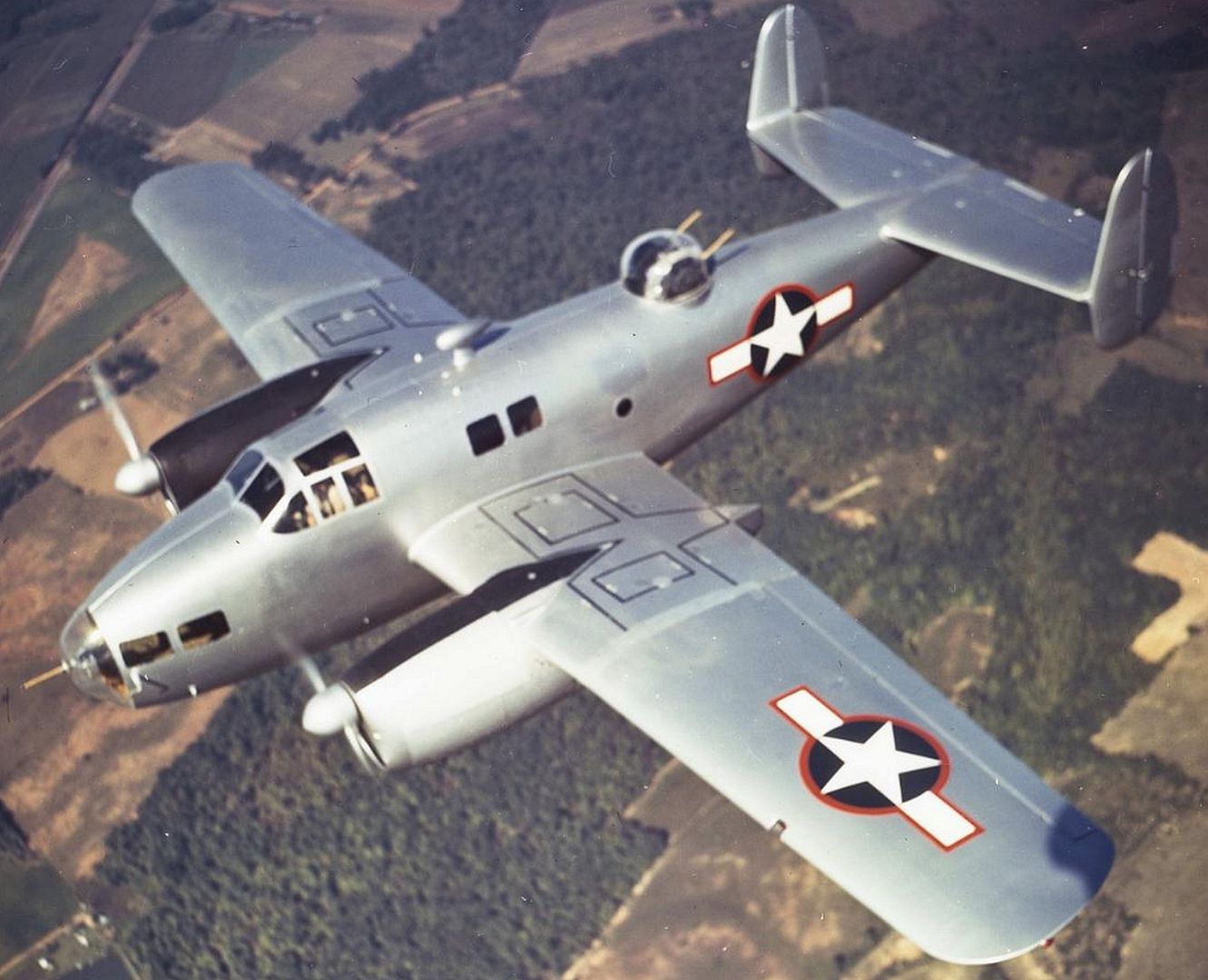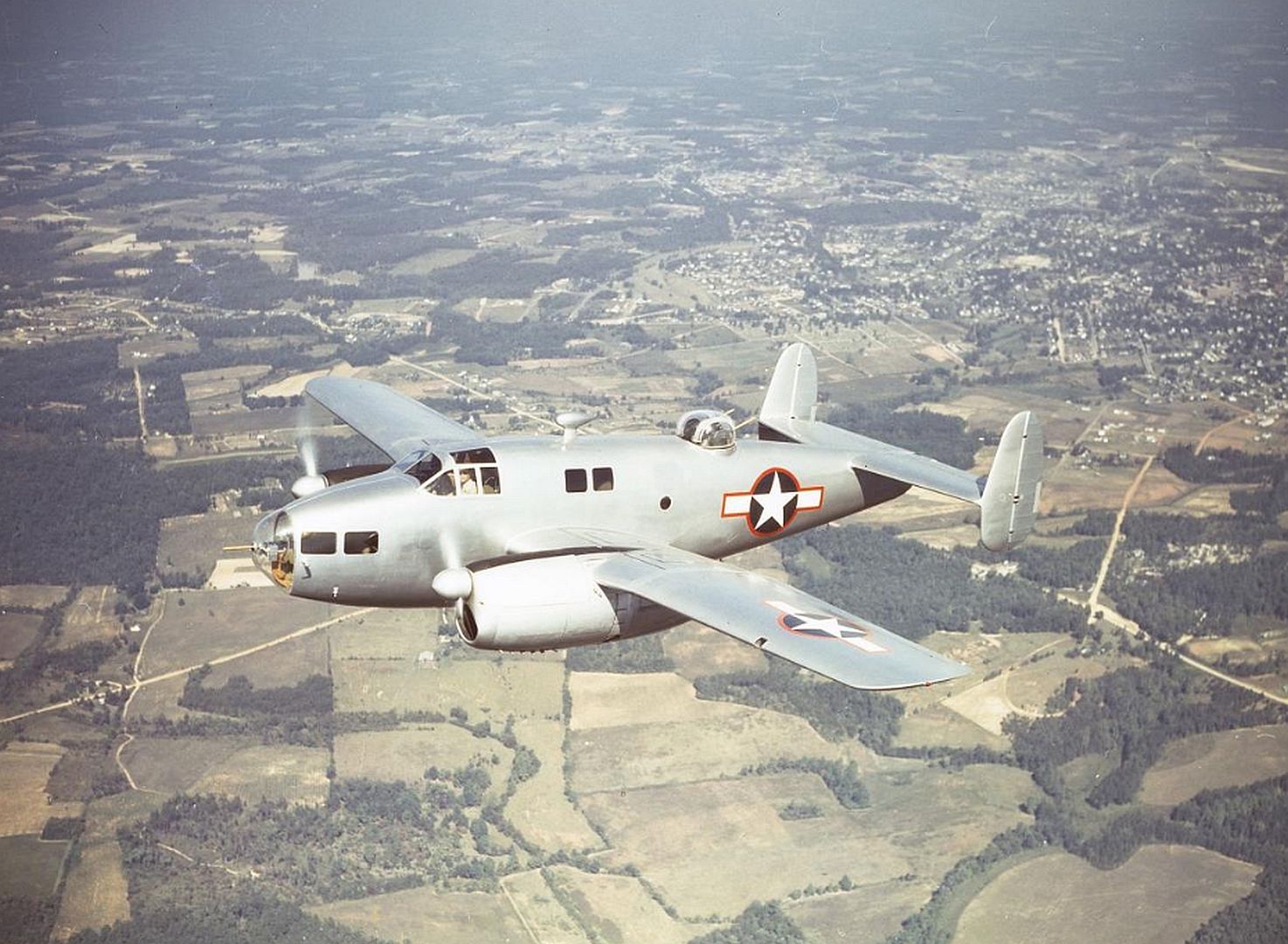Forums
- Forums
- Duggy's Reference Hangar
- USAAF / USN Library
- Fairchild AT-21 /XBQ-3 "assault drone"
Fairchild AT-21 /XBQ-3 "assault drone"
Post a reply
- Go to Previous topic
- Go to Next topic
- Go to Welcome
- Go to Introduce Yourself
- Go to General Discussion
- Go to Screenshots, Images and Videos
- Go to Off topic
- Go to Works in Progress
- Go to Skinning Tips / Tutorials
- Go to Skin Requests
- Go to IJAAF Library
- Go to Luftwaffe Library
- Go to RAF Library
- Go to USAAF / USN Library
- Go to Misc Library
- Go to The Ops Room
- Go to Made in Germany
- Go to Campaigns and Missions
- Go to Works in Progress
- Go to Juri's Air-Raid Shelter
- Go to Campaigns and Missions
- Go to Works in Progress
- Go to Skinpacks
- Go to External Projects Discussion
- Go to Books & Resources
-
9 years agoWed Nov 06 2019, 11:01pm
 Main AdminThe Fairchild AT-21 was an American World War II specialized bomber crew trainer, intended to train crews in the use of power gun turrets or a gun on a flexible mount, as well as learn to function as a member of a crew. It had a brief career as a training aircraft before modified bombers took over this role.
Main AdminThe Fairchild AT-21 was an American World War II specialized bomber crew trainer, intended to train crews in the use of power gun turrets or a gun on a flexible mount, as well as learn to function as a member of a crew. It had a brief career as a training aircraft before modified bombers took over this role.
Design and development
The United States Army Air Forces (USAAF) laid out a specification for a specialized bomber trainer, ordering two prototypes from Fairchild Aircraft. The XAT-13 powered by two 450 hp (336 kW) Pratt & Whitney R-1340-AN-1 radial engines, emerged as a "scaled down" bomber with a single machine gun in the glazed nose and a top turret with twin machine guns and fitted with tricycle landing gear. The concept was to have a single type that was able to duplicate the bomber crew positions from piloting, navigation, bomb aiming/dropping to aerial gunnery.
The second prototype, designated the XAT-14 was similar in layout but was powered by two 520 hp (388 kW) Ranger V-770 inline inverted 12-cylinder vee-type engines. A further refinement to suit the aircraft for bombardier training with the nose gun and turret removed, led to a new designation, the XAT-14A. Both prototypes featured an unusual construction, being built from "Duramold" plastic-bonded plywood. At the end of the testing period, the USAAC ordered the inline version as the AT-21 Gunner, specialized for gunnery training. The AT-21 had a crew of five, pilot, co-pilot/gunnery instructor and three pupils.
Fairchild Aircraft Company built one aircraft in Hagerstown and 106 aircraft at their Burlington, North Carolina plant in 1943 and 1944, while Bellanca Aircraft built 39 at New Castle, Delaware, and McDonnell built 30 aircraft at their St. Louis plant. Both companies were enlisted to speed production and delivery to training units.
Operational history
The AT-21 proved to be unsuitable for use as a trainer due to vibration and oscillation tendencies as well as an inherent instability caused by the short distance between the rudders and the gull wing resulting in unacceptable yaw even when slight rudder movements were made.
Not deemed suitable for its original purpose, The AT-21 was evaluated as an advanced pilot trainer. This did not work out well, due to poor single-engine performance and multiple landing gear problems. The aircraft was withdrawn from service in 1944 and was replaced by training examples of the actual aircraft in which the gunners would eventually serve. Many of the AT-21s were then relegated to target-tow duties.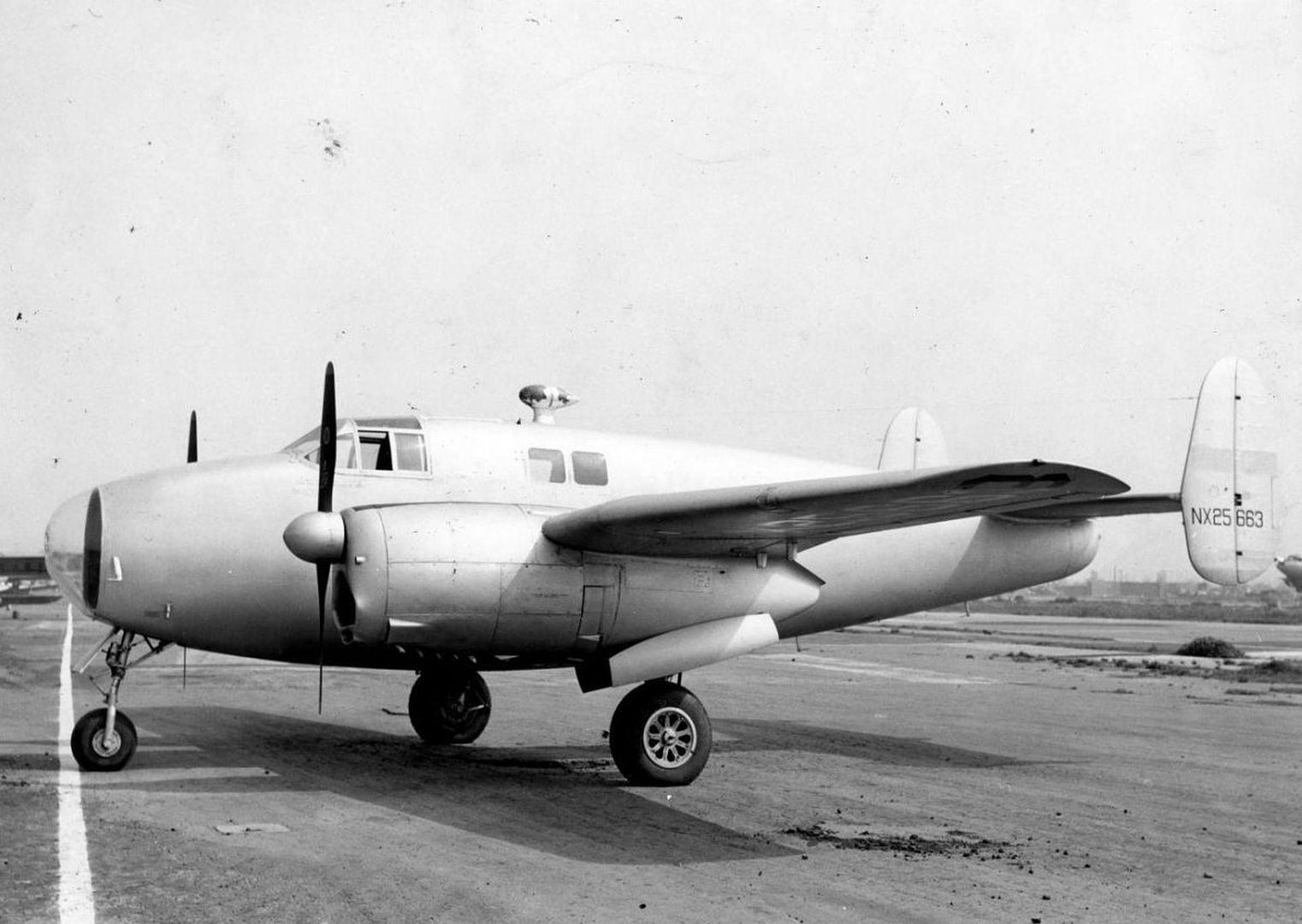
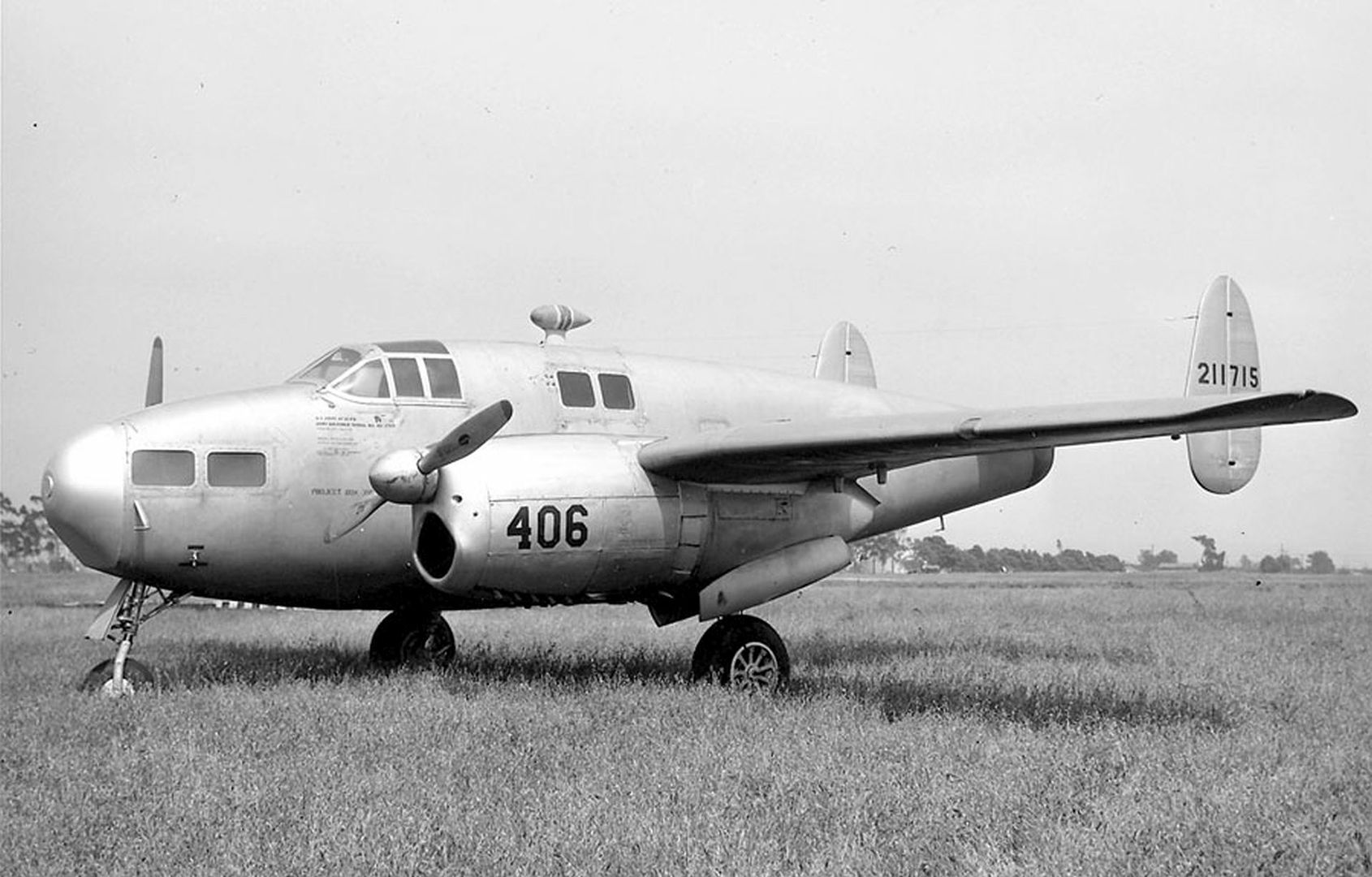
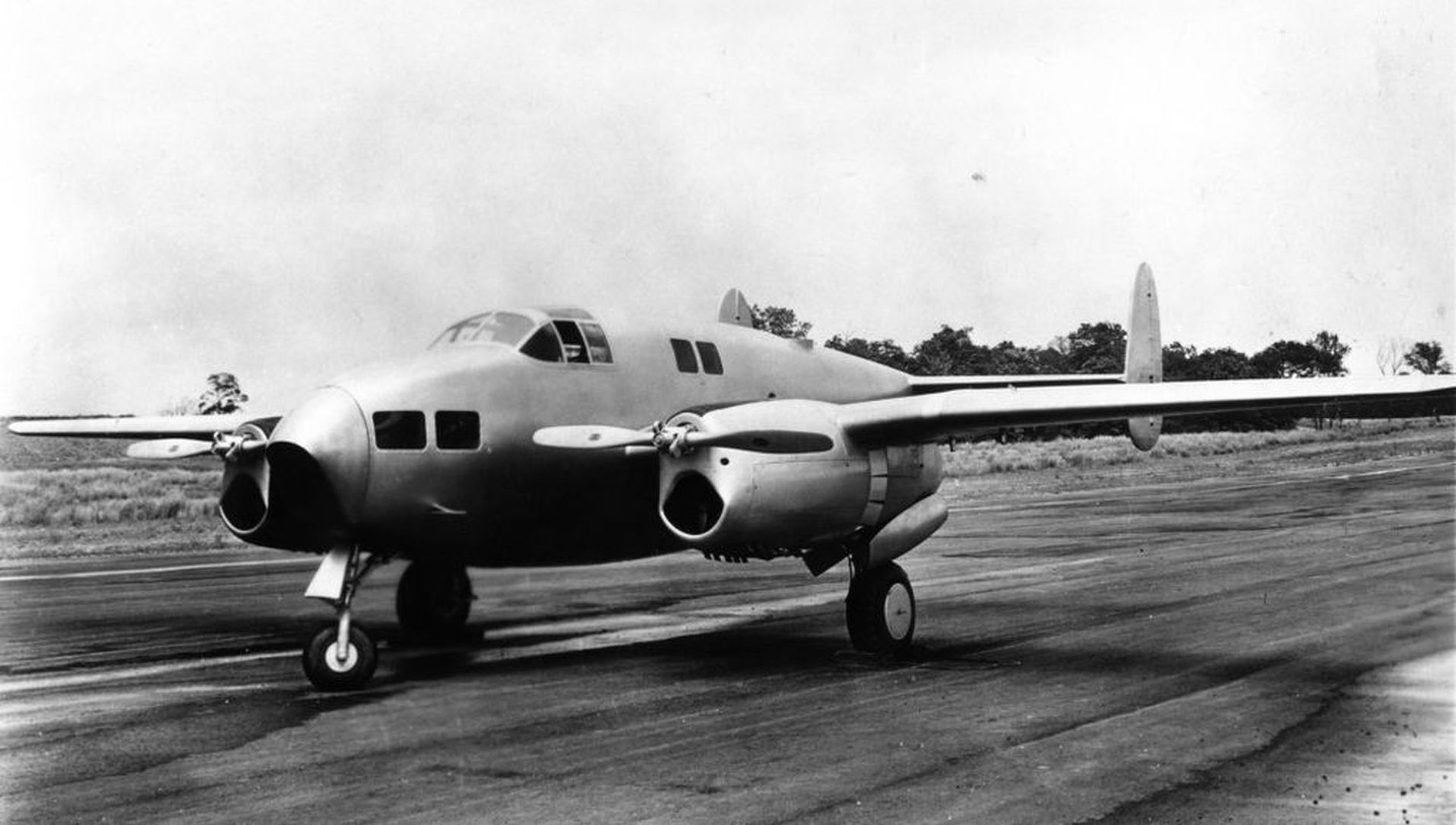
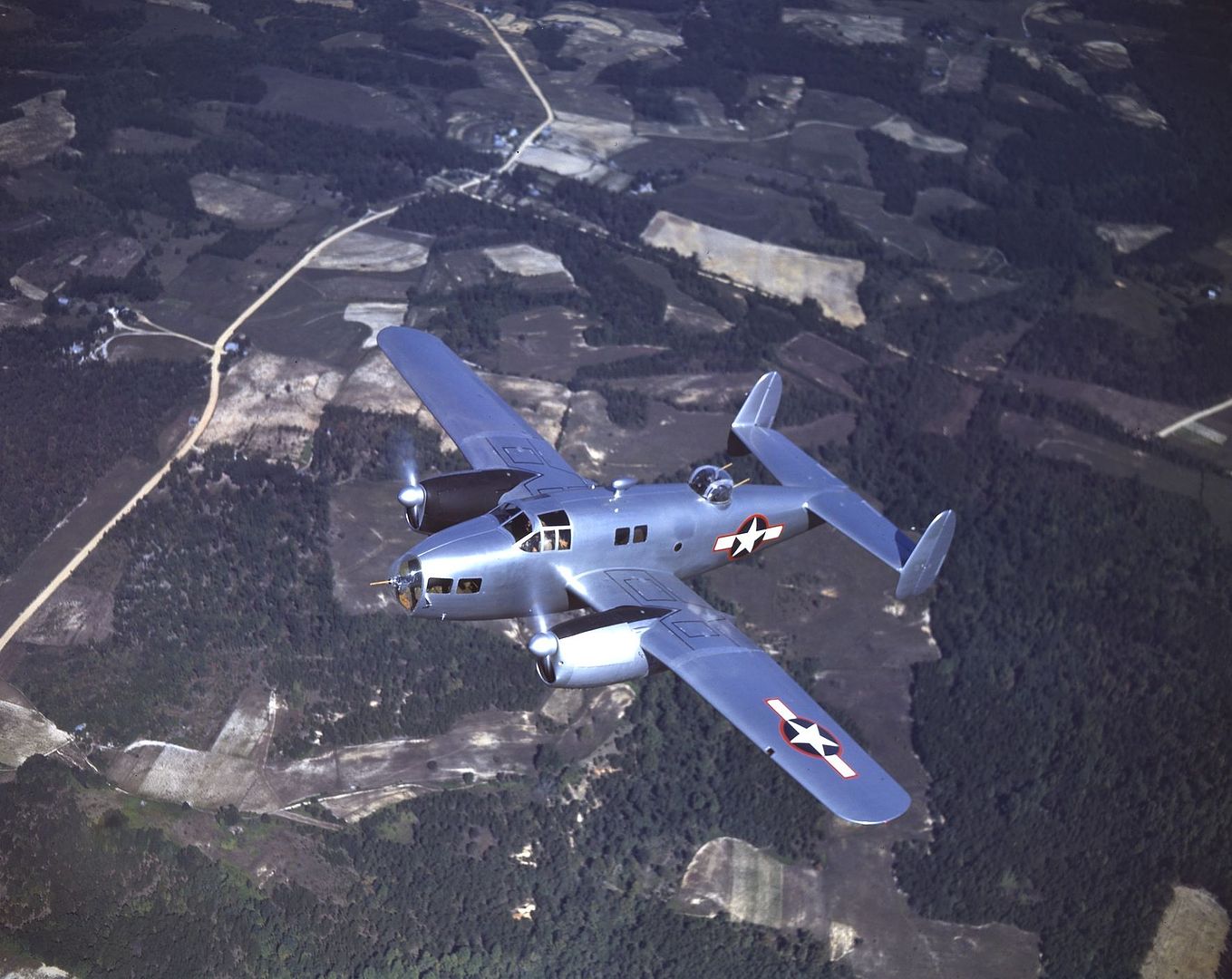
General characteristics
Crew: five
Length: 38 ft (11.58 m)
Wingspan: 52 ft 8 in (16.05 m)
Height: 13 ft 1.25 in (4 m)
Wing area: 378 ft? (35.12 m?)
Empty weight: 8,654 lb (3,925 kg)
Loaded weight: 11,288 lb (5,129 kg)
Max. takeoff weight: 12,500 lb[6] (5,668 kg)
Powerplant: 2 ? Ranger V-770-11/15 12-cylinder inverted-vee air-cooled piston engine, 520 hp (388 kW) each
Performance
Never exceed speed: knots
Maximum speed: 195.5 knots (225 mph, 362 km/h)
Cruise speed: 170 knots (196 mph, (315 km/h))
Range: 790.7 nm (910 mi, 1,464 km)
Service ceiling: 22,151 ft (6,750 m)
Rate of climb: 930 ft/min (283 m/min)
Armament
one 0.3 in (7.62 mm) Browning trainable machine-gun in the nose
two 0.3 in (7.62 mm) Browning machine guns in a power operated dorsal turret
Fairchild BQ-3
The Fairchild BQ-3, also known as the Model 79, was an early unmanned combat aerial vehicle ? referred to at the time as an "assault drone" ? developed by Fairchild Aircraft from the company's AT-21 Gunner advanced trainer during the Second World War for use by the United States Army Air Forces. Two examples of the type were built and flight-tested, however the progress of guided missiles rendered the assault drone quickly obsolete, and the type was not produced.
Design and development
Development of the BQ-3 began in October, 1942, under a program for the development of "aerial torpedoes", later and more commonly referred to as "assault drones", that had been instigated in March of that year. Fairchild was awarded a contract for the construction of two XBQ-3 prototypes, based largely on the AT-21 Gunner advanced gunnery trainer already in United States Army Air Forces service.
The XBQ-3 was a twin-engined, low-wing aircraft, fitted with retractable tricycle landing gear and a twin-finned empennage; although the aircraft was intended to be operated by radio control with television assist, a two-seat cockpit was included in the design for testing and ferry flights. Power was provided by two Ranger V-770 inline piston engines, providing 520 horsepower (390 kW) each; up to 4,000 pounds (1,800 kg) of bombs could be carried by the aircraft in unmanned configuration.
Flight testing
The first flight of the XBQ-3 took place in July 1944; later that month, one of the prototypes was severely damaged in a forced landing. Despite the accident, flight testing continued; however, the assault drone was determined to have no significant advantage over conventional bombers, and advances in the field of guided missiles were rapidly rendering the concept obsolete. As a result, the program was cancelled towards the end of 1944.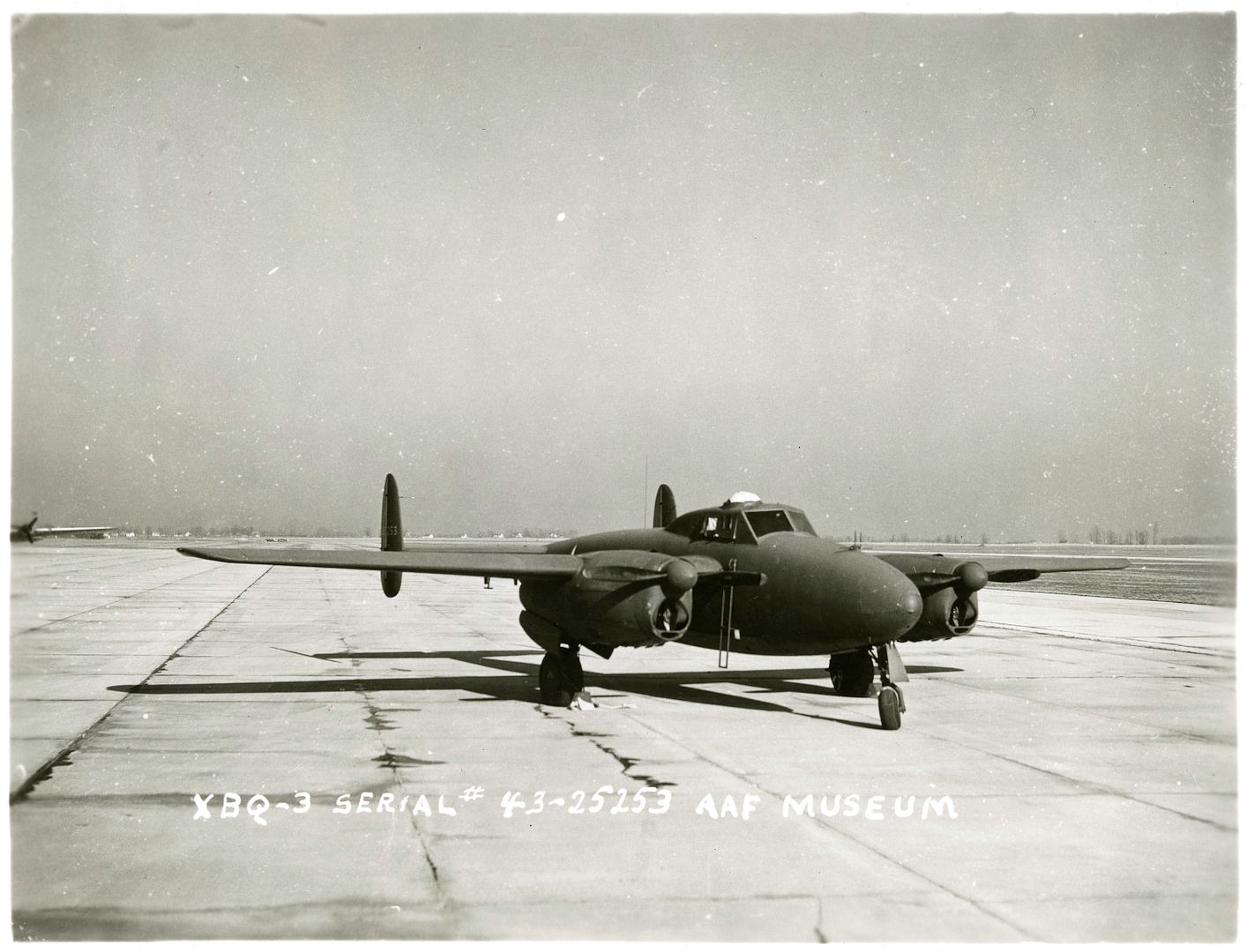
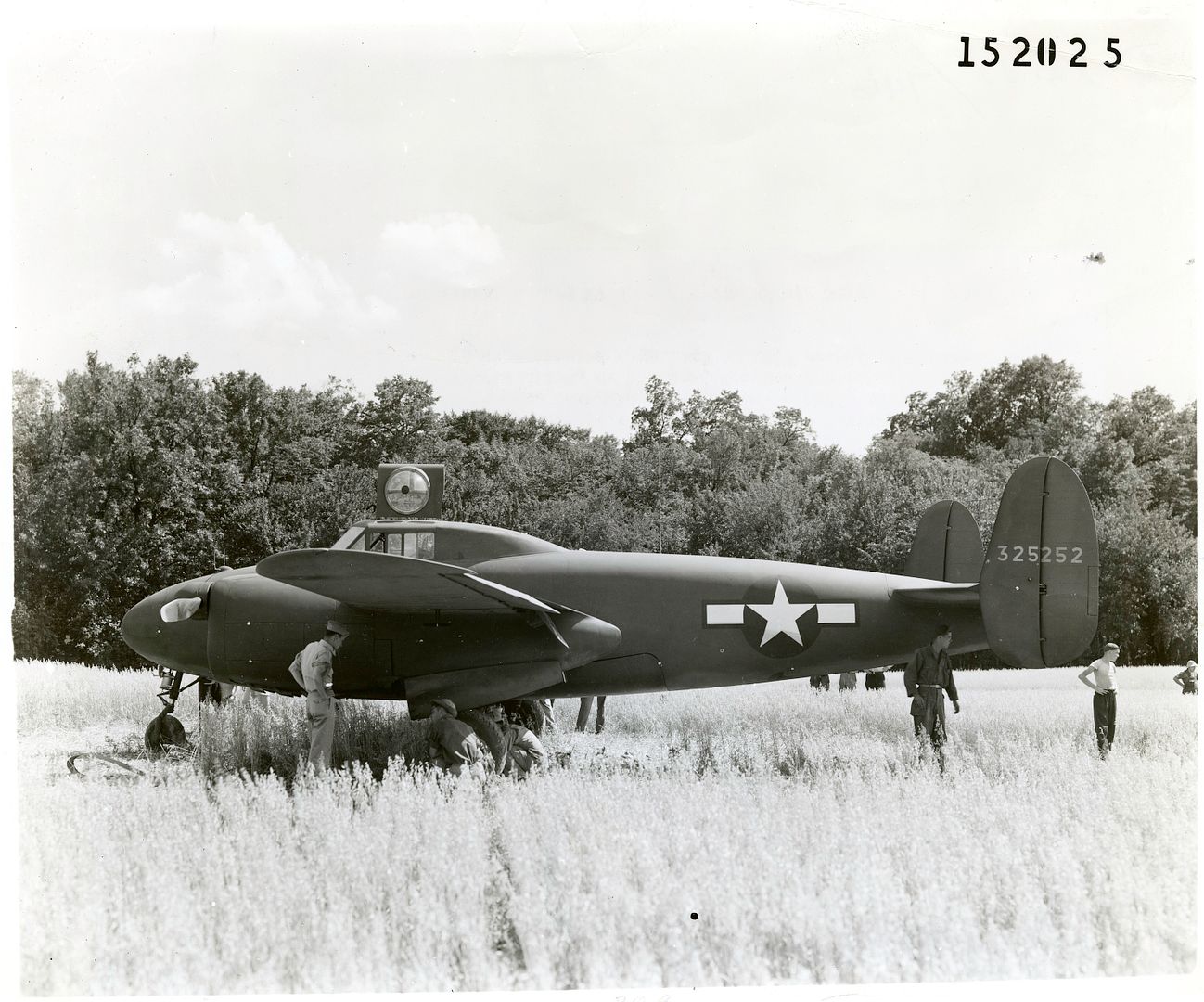
Specifications (XBQ-3)
Crew: 1 (optional)
Length: 52 ft 8 in (16.05 m)
Wingspan: 37 ft (11 m)
Height: 31 ft 1 in (9.47 m)
Gross weight: 15,300 lb (6,940 kg)
Powerplant: 2 ? Ranger V-770-15 inline piston engines, 520 hp (390 kW) each
Performance
Maximum speed: 220 mph (354 km/h; 191 kn)
Range: 1,500 mi (1,303 nmi; 2,414 km)
Armament
4,000 pounds (1,800 kg) warhead
-
 Main Admin
Main Admin
Post a reply
- Go to Previous topic
- Go to Next topic
- Go to Welcome
- Go to Introduce Yourself
- Go to General Discussion
- Go to Screenshots, Images and Videos
- Go to Off topic
- Go to Works in Progress
- Go to Skinning Tips / Tutorials
- Go to Skin Requests
- Go to IJAAF Library
- Go to Luftwaffe Library
- Go to RAF Library
- Go to USAAF / USN Library
- Go to Misc Library
- Go to The Ops Room
- Go to Made in Germany
- Go to Campaigns and Missions
- Go to Works in Progress
- Go to Juri's Air-Raid Shelter
- Go to Campaigns and Missions
- Go to Works in Progress
- Go to Skinpacks
- Go to External Projects Discussion
- Go to Books & Resources
